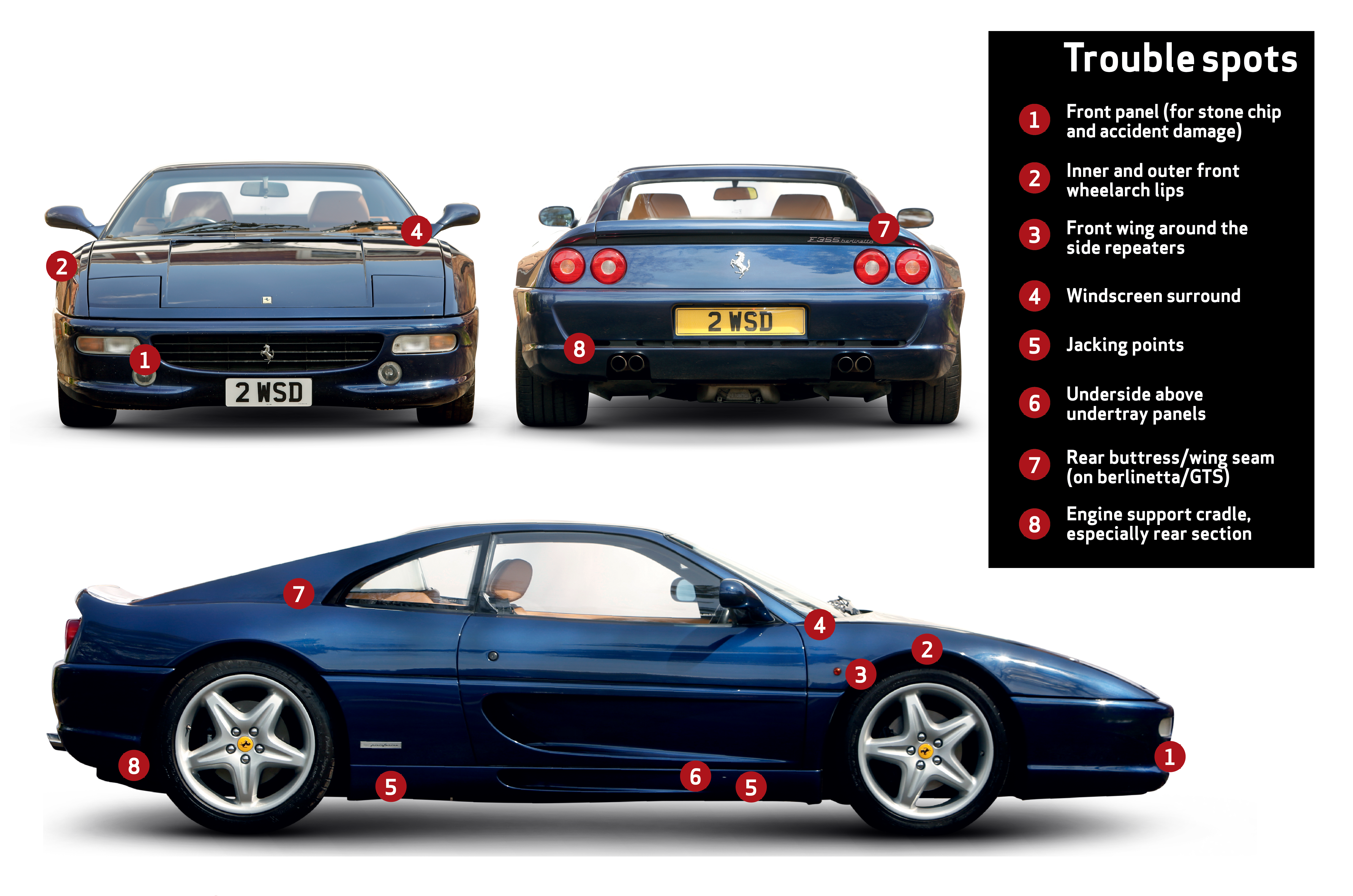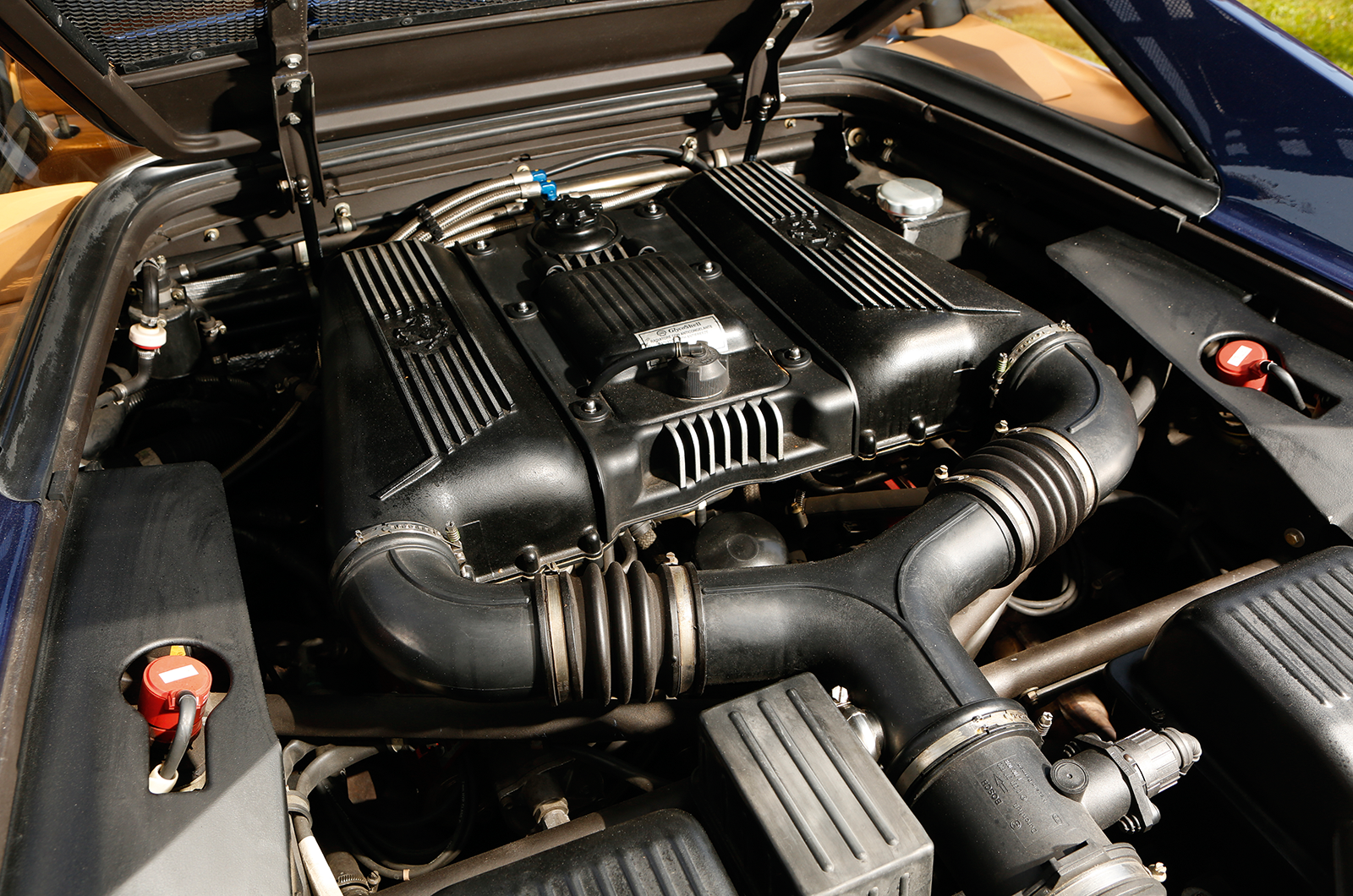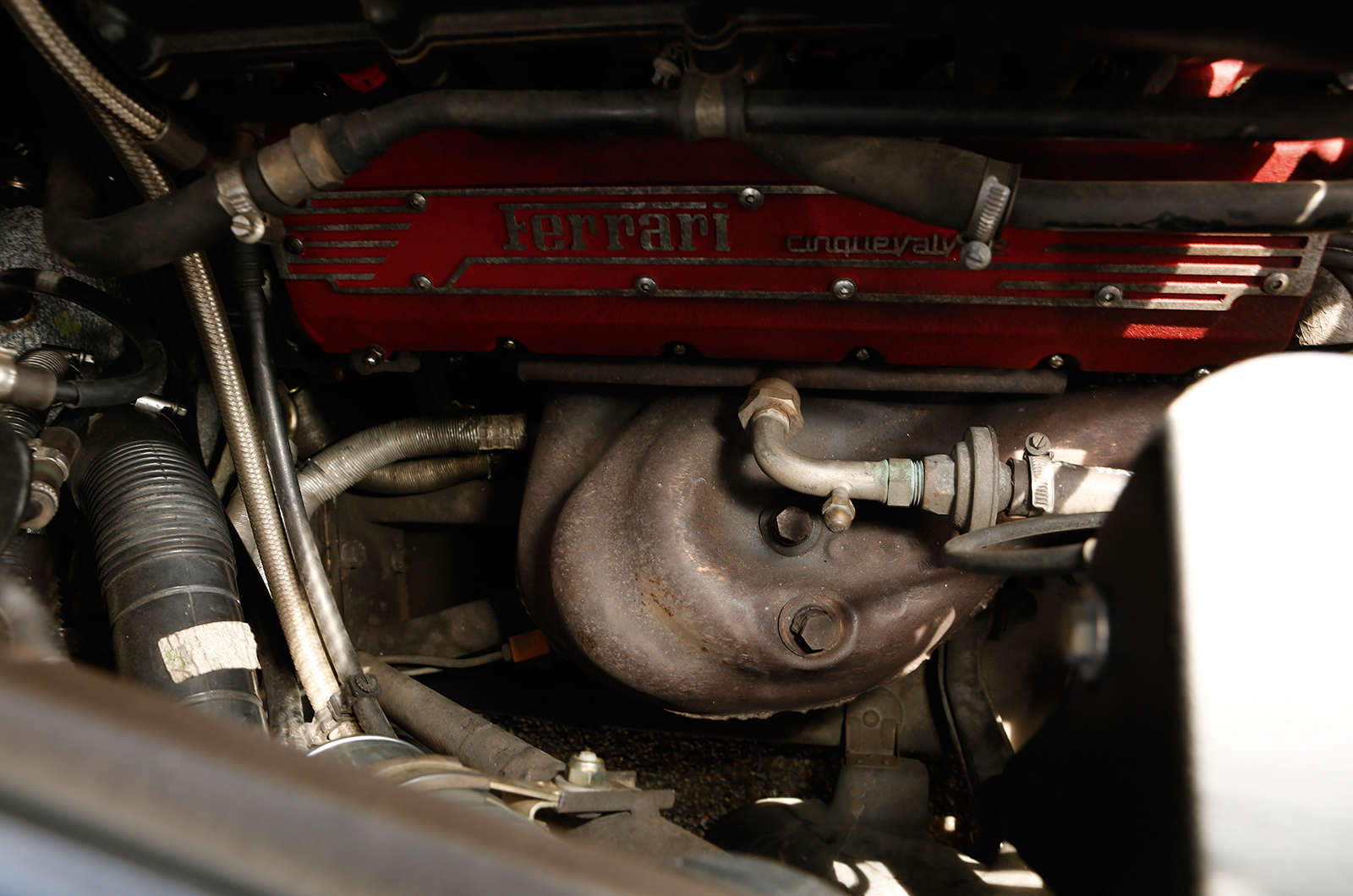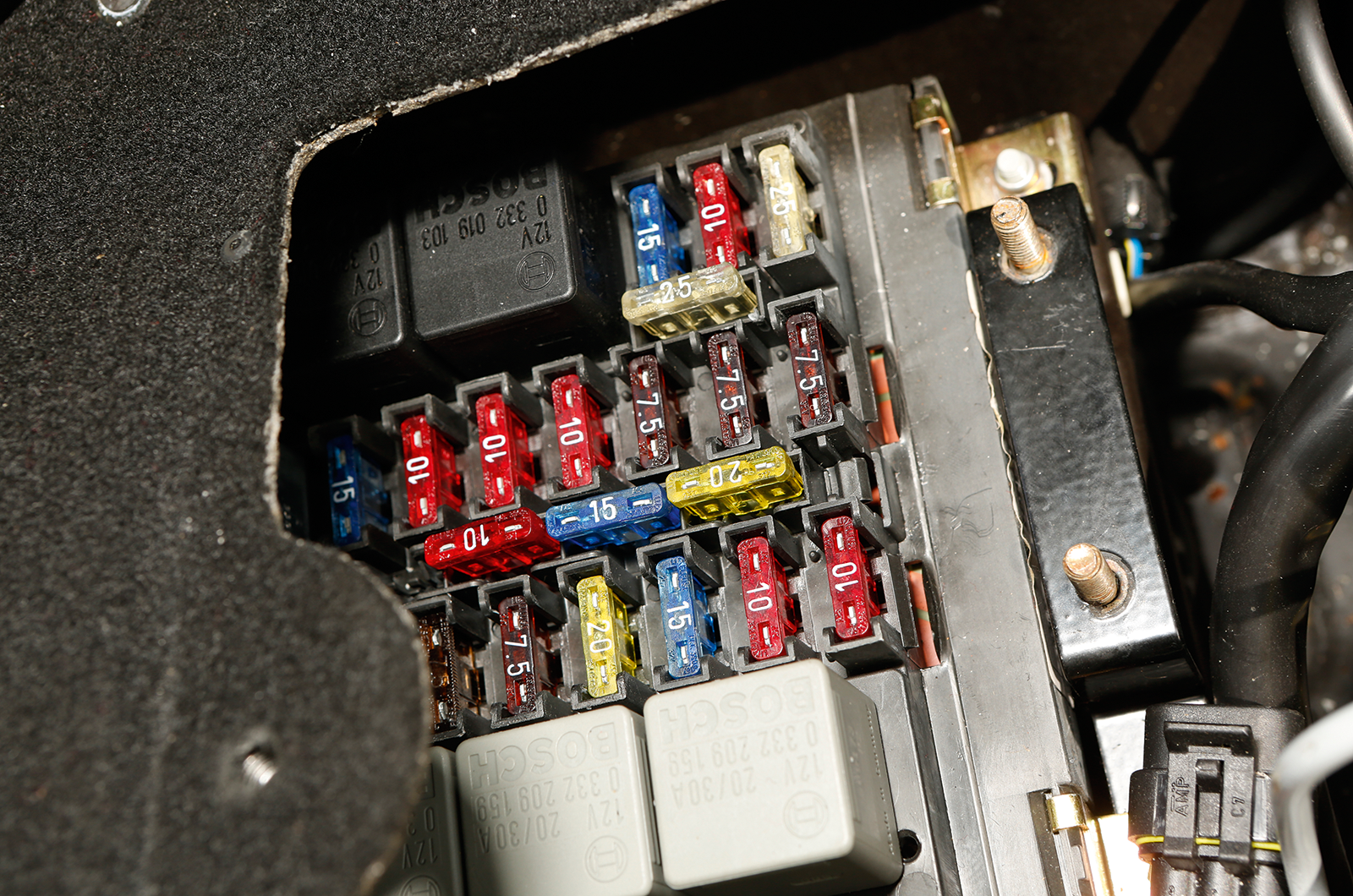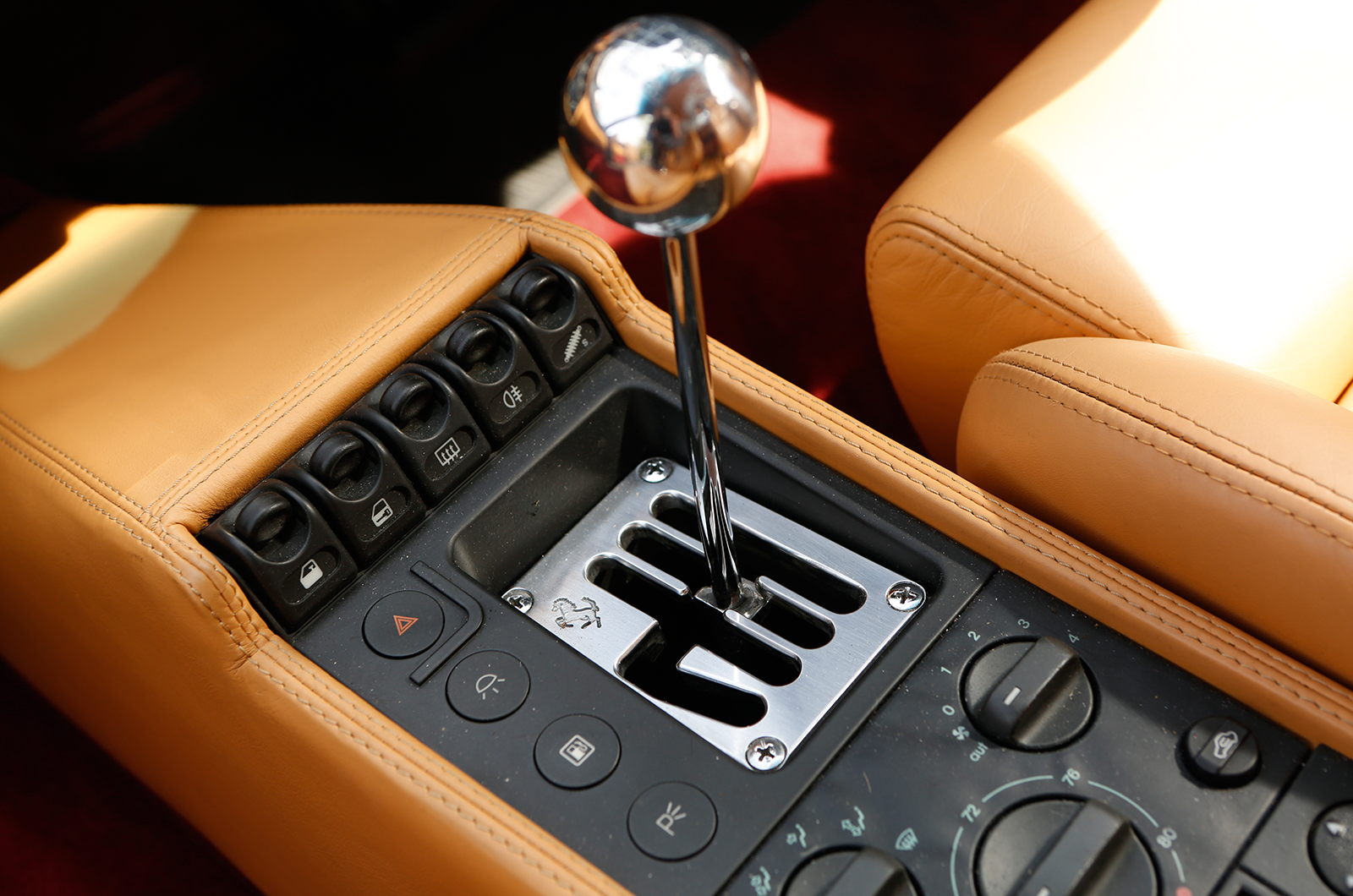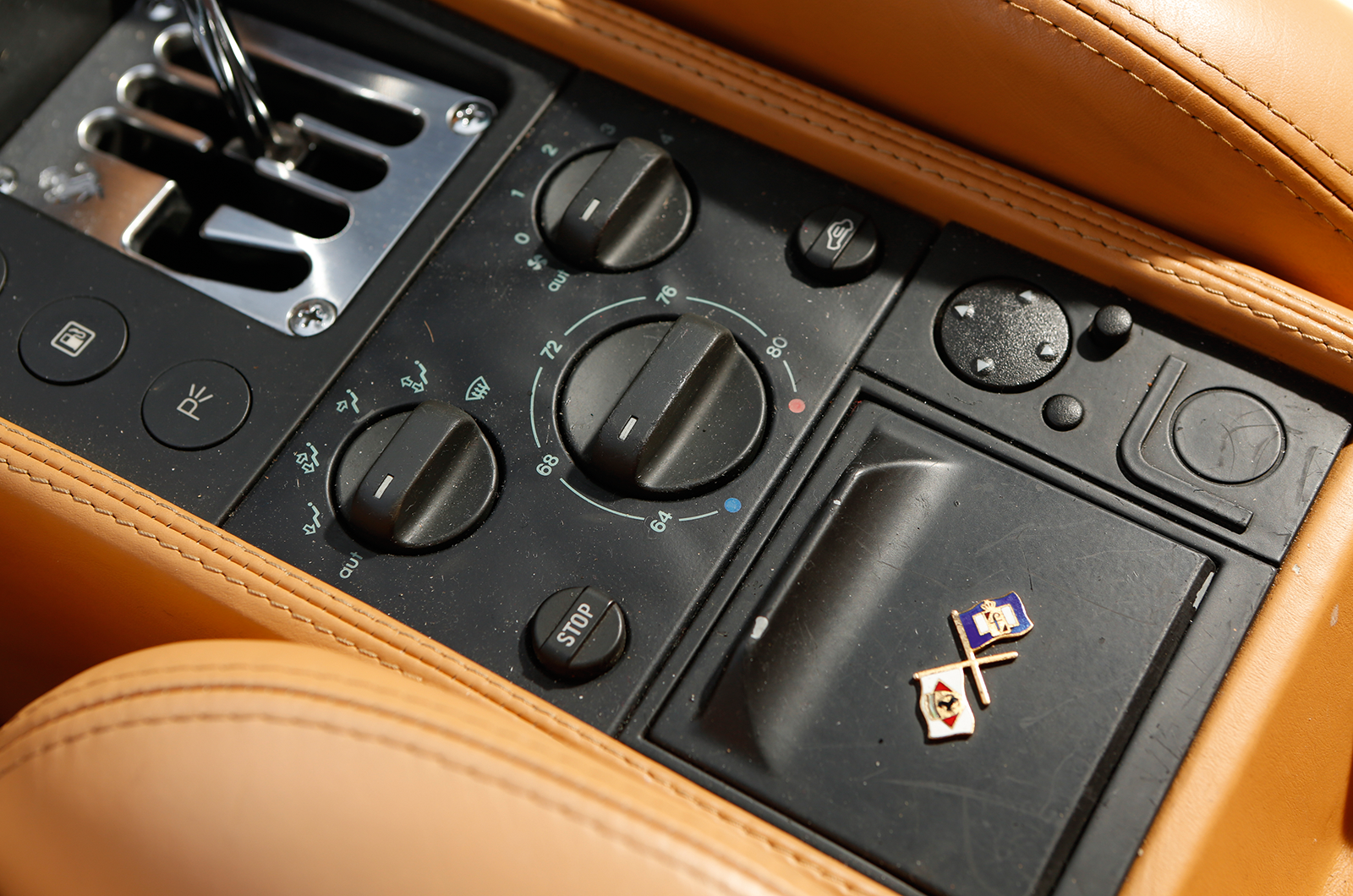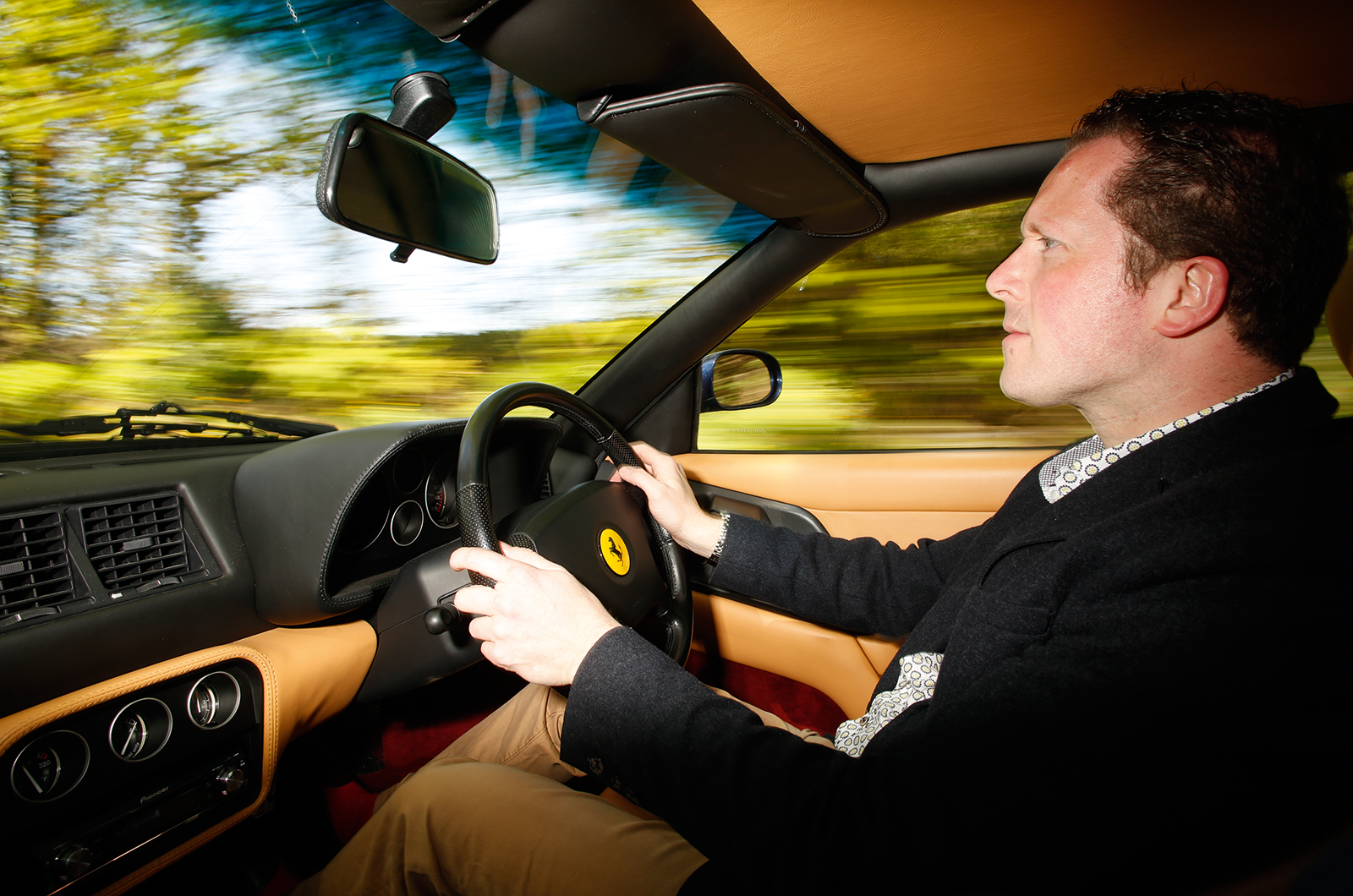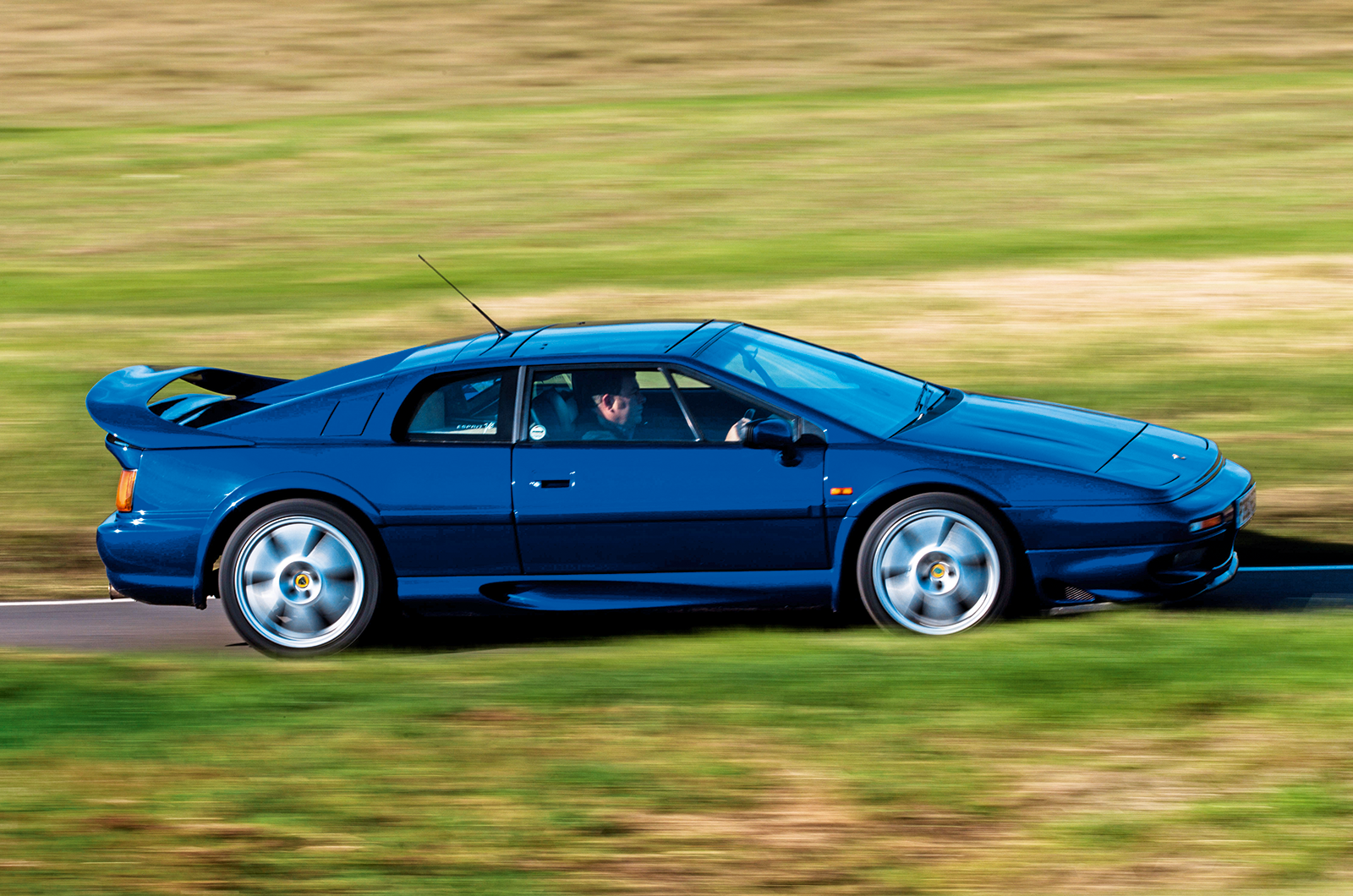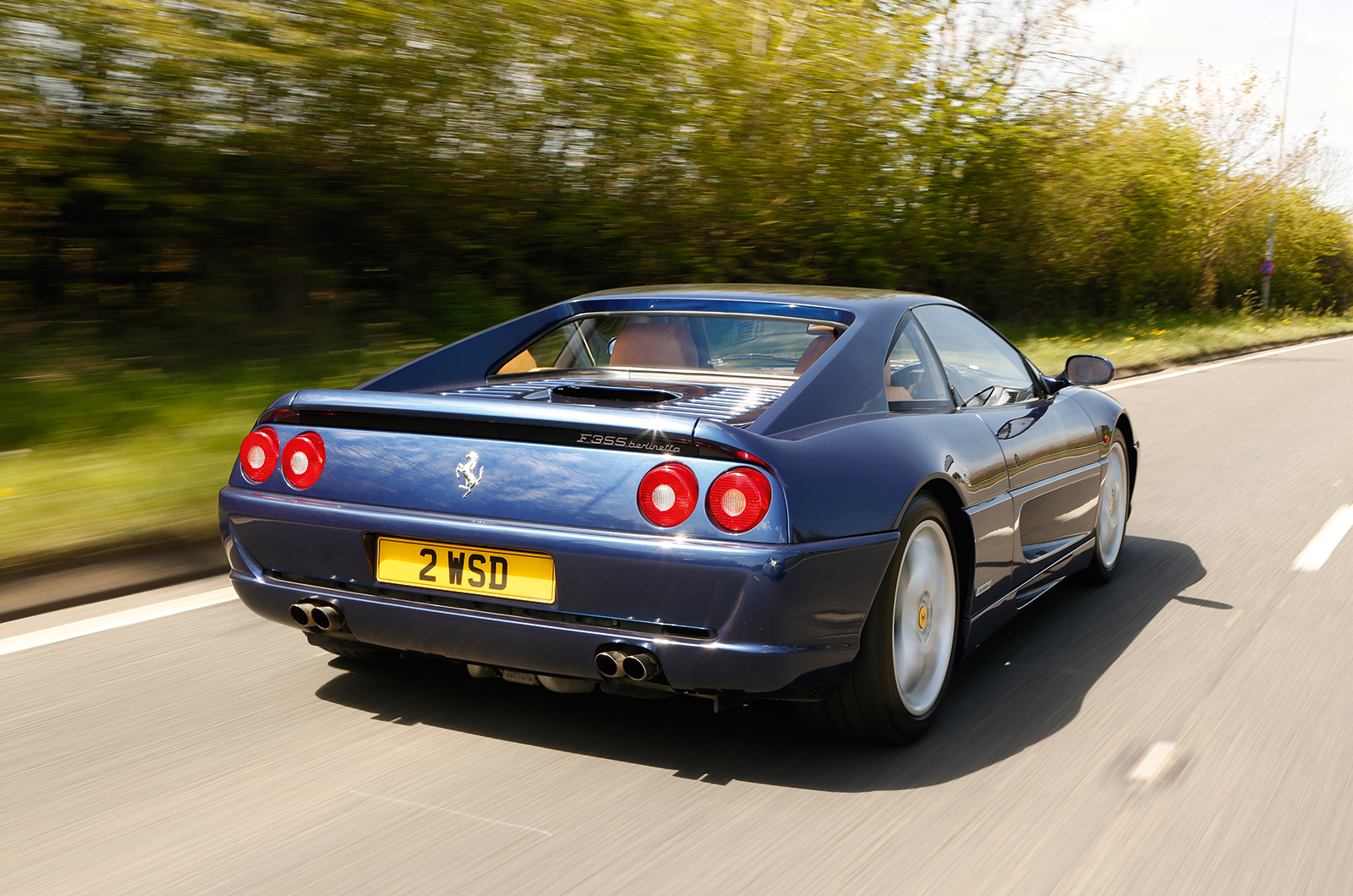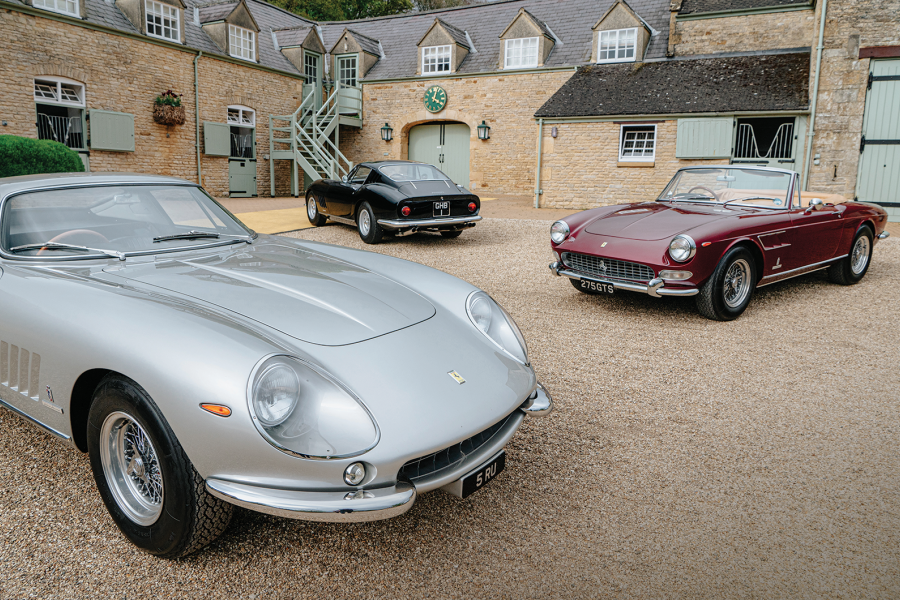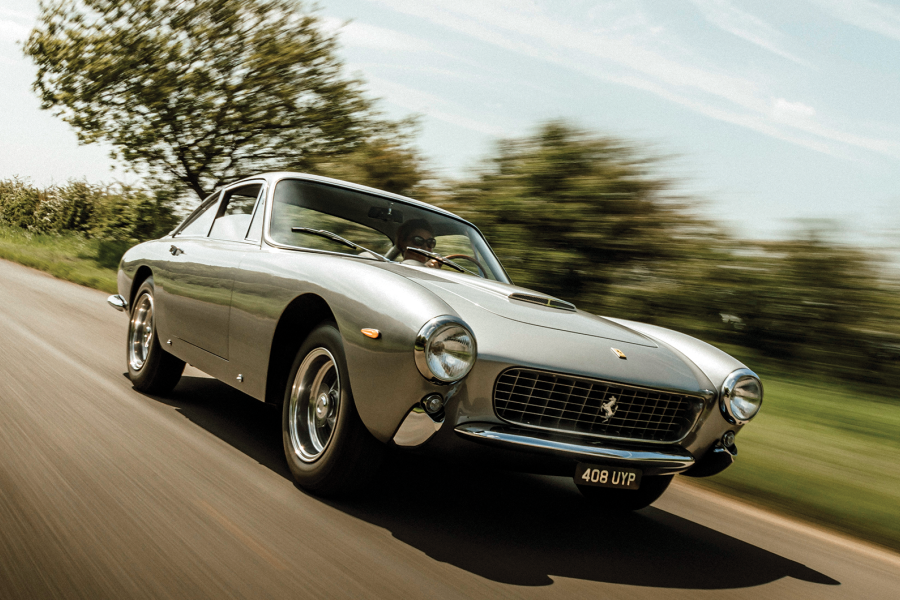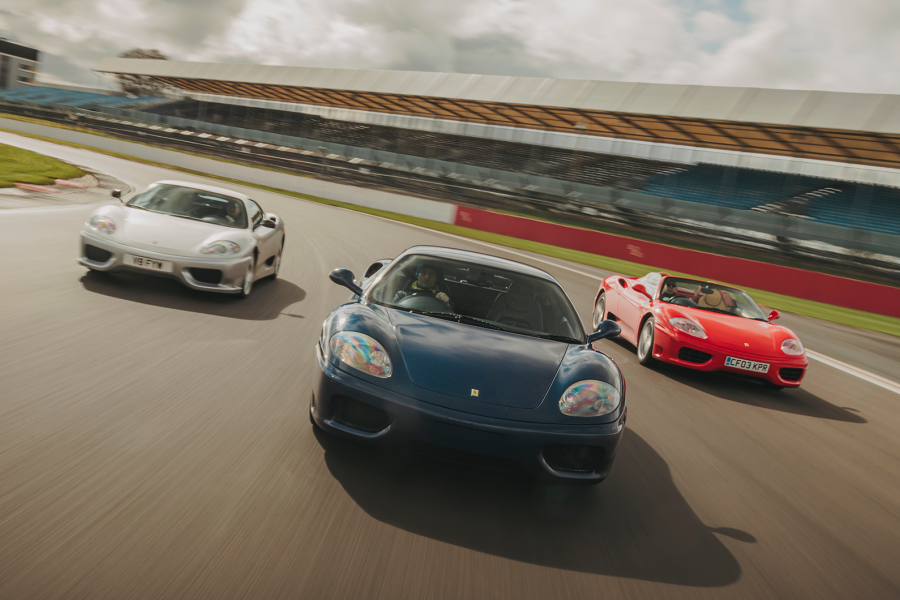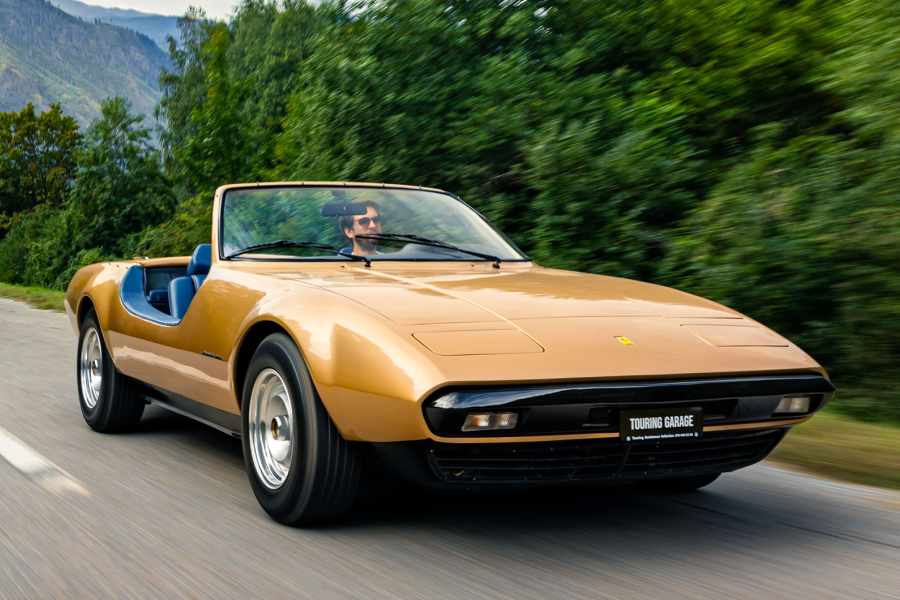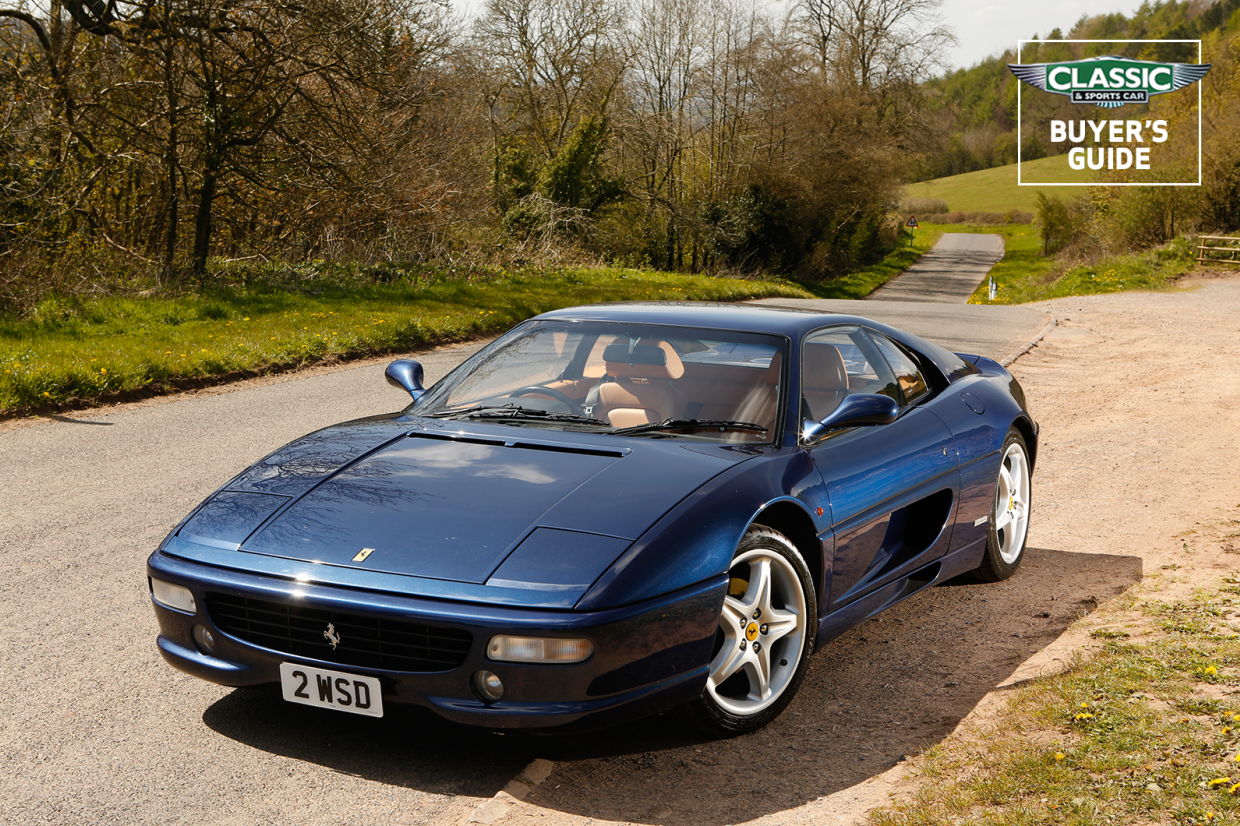
Why you’d want a Ferrari F355
Stung by press reports putting the 348 in the shade of the latest Porsche 911s and Honda’s NSX, Ferrari responded decisively with a car that didn’t just outshine its rivals: it was quicker than its own V12.
Five-valve heads, dry-sump lubrication and titanium conrods contributed to the highest bhp/litre of any then-current production engine, beating even the McLaren F1 with its 109bhp/litre and a rev limit of 8800rpm.
Having formidably re-established itself at the front, Ferrari added Formula One technology a few years into production, in the form of the F1 semi-automatic paddle shift. It operated on the same six-speed ’box that did such a great job of putting down the power on the manual F355.
It can be trickled around town with ease in a way that previous Ferraris never could, especially in ’97-on single-ECU form.
Earlier F355s had twin ECUs and felt coarser, though they were also marginally faster and more responsive.

Two open models were offered: the Spider and the targa-like GTS
Find an open road and the car comes alive.

